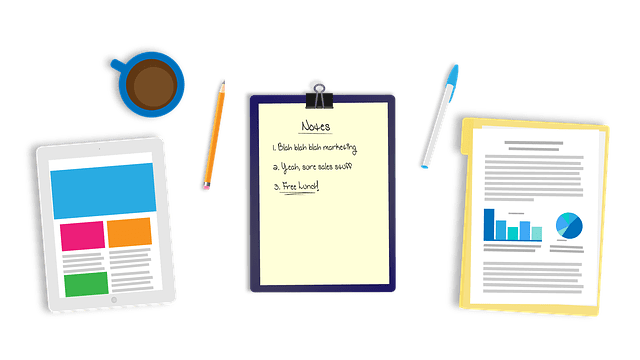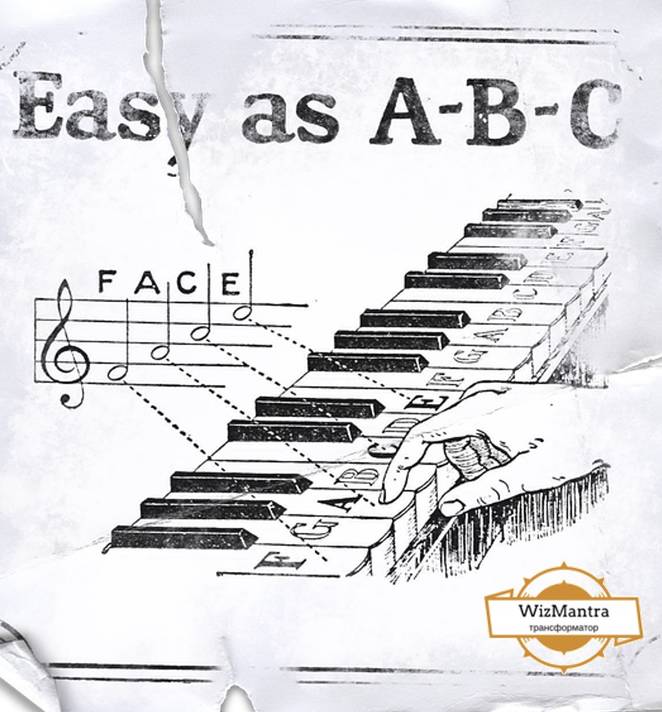What are contractions?
Contraction is the process of shortening or making smaller. It is the shortened version of written or spoken words or word groups created by omission of internal words or sounds.
Like we generally use the short versions:
1. Let’s do it —- let us do it
2. I’m here—– I am here
3. He’s driving right now—- He is driving right now
4. I’ll call you later— I will call you later
5. You’ll— You will

Such type of contractions is basically used in both speaking and writing. Such contractions have been used over centuries but have changed now and then.
The gap in the words or phrases is shown by an apostrophe that needs to be put at the right place and spot where the letter is to be missed that means the apostrophe replaces any letter.
Since the word contracts means to squeeze together, it seems only logical that the contraction is two words made shorter by placing an apostrophe where letters have been omitted.
Why contractions are used?
• Contractions make your writing seem friendly and accessible. They give the appearance that you are actually talking to your reader.
• When using contractions in a play helps to emphasize how the speaker speaks.
• It is very useful for advertisements that require all work in short and to the point. It helps in saving space and time and gives more clarity to the picture.
Where not to use contractions?
Contractions are not appropriate to be used for formal communications as it gives an informal tone or touch to the entire context. Because of the light effect people avoid using them for academic papers, research papers, presentations etc. but there is flexibility to this rule where personal judgment needs to be applied for the usage.
Contractive Apostrophe
It is not necessary that the apostrophe will be placed at each spot where the word has been omitted. Even one apostrophe will also do the required work.
Like we can write shan’t instead of sha’n’t. but anybody who uses this word already knows about its description.
How to contract ‘not’?
The contracted form of not i.e. n’t is used with other verbs like can’t, couldn’t, wouldn’t, shalln’t where negative aspect of the sentence needs to be highlighted.
Note:
Contractions can occur after nouns, names, here, there and now and question words. Like:
1. My sister’s got married —- my sister has got married.
2. Ram’ll be very sad —- ram will be very sad
3. There’s your watch —- There is your watch.
4. Where’s the milk —– Where is the milk?
5. What’s happened? —- What has happened?
Points to be kept in mind while using the contractions:
1. It is not advisable to use more than one contraction.
Eg. He is not free
He’s n’t free.
2. We don’t use affirmative contractions at the end of the clause.
Eg. Yes, I think we are.
Yes, I think we’re.
3. We use negative contractions at the end of the clauses.
Eg. You have contacted James, haven’t you?
Do remember
An apostrophe always does not signal a contraction. It also sometimes shows an ownership to the noun.
Example:
Ravi’s house: this means the house belongs to Ravi and is not a contraction.
Cat’s food: This means the food belongs to the cat.
The boy’s ball: This means the ball belongs to the boy.
Some other commonly used contractions are:
1. Didn’t – did not
2. Doesn’t – does not
3. Don’t – do not
4. Hadn’t – had not
5. Hasn’t – has not
6. Haven’t – have not
7. He’d – he had, he would
8. He’ll – he will, he shall
9. He’s – he is, he has
10. I’d – I had, I would
11. I’m – I am
12. I’ve – I have
13. Isn’t – is not
14. It’s- it is, it has
15. Let’s – let us
16. Mustn’t – must not
17. Shan’t – shall not
18. She’d – she had, she would
19. You’re – you are
20. Who’re – who are
21. What’ve – what have
22. What’s what is , what has
23. They’d – they have, they would
24. Shouldn’t – should not
25. Mustn’t – must not
26. It’s – it is, it has
27. She’ll – she will, she shall
28. Weren’t – were not
So above mentioned is the list of most commonly used contractions and the rules to be followed for the same.
To be able to perfectly use them in the written and the spoken language it is very much necessary to understand and learn the list whole heartedly and practice to apply the same in the daily conversations may be while interacting with others or while writing some material.







Leave a comment